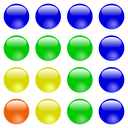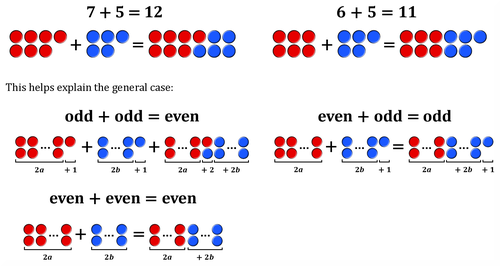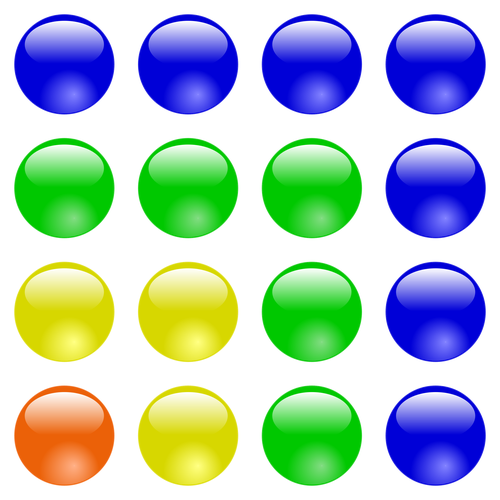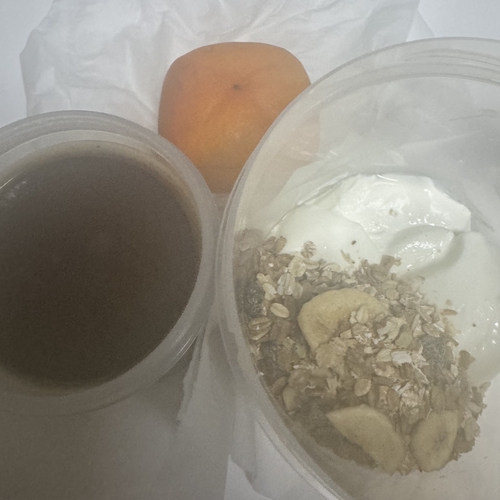what's tricky is numbers go on forever.
1, 2, 3, 4, … is only the beginning.
large numbers beyond graham's number are still "natural numbers".
(ultrafinitists deny the existence of numbers that are too large.)
what's tricky is numbers go on forever.
1, 2, 3, 4, … is only the beginning.
large numbers beyond graham's number are still "natural numbers".
(ultrafinitists deny the existence of numbers that are too large.)
note commutativity, distributivity etc can be proved by a method called induction (other than using lego).
philosophically, there can be 2 ways of thinking:
• numbers are such code in reality
• no, such code are just a miniature model of numbers
i stand with the former,
but on 2nd thought the latter may be more rational.
sounds like there's a kinda programming language within math.
numbers can be programmed/coded with it.
there could also be implementations on a computer, such as Lean.
just as atoms are made of elementary particles, it seems that numbers can be made from sets, functions (church encoding), or categories (or topoi).
as sets:
0 = {}
1 = {{}}
2 = {{}, {{}}}
3 = {{}, {{}}, {{}, {{}}}}
there's a definition of numbers called
• Peano axioms.
i haven't figured it out yet.
when we ask smtg like "why does 1+1=2?", it is said that we face the so-called
• Münchhausen trilemma.
marbles, number lines, or areas of figures can be used as well.
i suspect one aspect of these is the "unary numeral system".
like
3 + 4
= 111 + 1111
= 1111111
= 7.
cr: https://www.resolve.edu.au/algebra-odds-and-evens https://commons.wikimedia.org/wiki/File:Square_number_16_as_sum_of_gnomons.svg

Lego bricks can be used for visualizing numbers.
parity arithmetic:
even + even = even
even + odd = odd
odd + odd = even
sum of odd numbers:
1 + 3 + 5 + … + (2n - 1) = n²
it has limitations and it's hard to believe that lego is the nature of numbers.


• What are numbers?
i mean,
• What is the nature of natural numbers?
Conclusion: it's hard.
it's a fundamental question, but not an easy one to answer.
it's better to pretend to know such "obvious" things and move on.
0:00 js woke up.
same breakfast every day.
coffee, persimmon, muesli, yogurt
